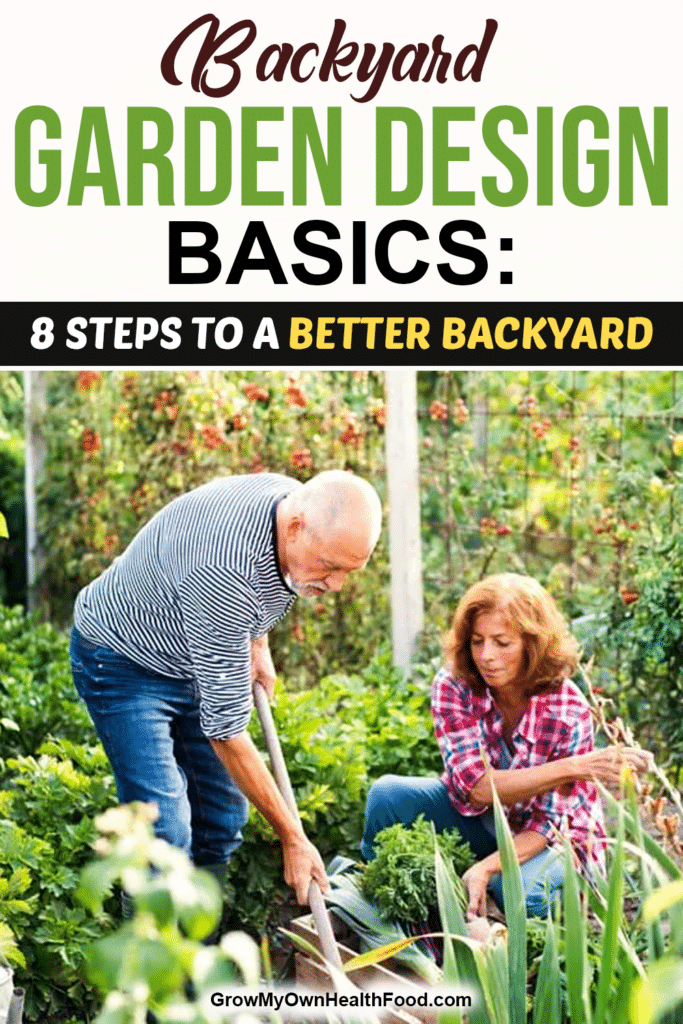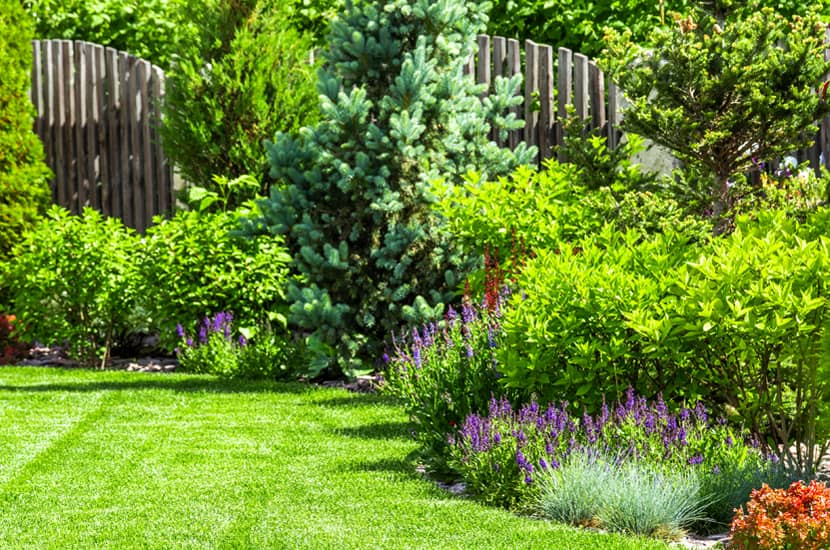Designing your backyard landscape can feel daunting. If you’ve never done it before, you might not know where to start. Now you will be ready to tackle your backyard garden design.
The good news is that everybody is a beginner at some point. It doesn’t have to be difficult to bring your landscaping ideas to life. It’s supposed to be a fun way to bring out your creativity while improving the curb appeal of your home at the same time. You can do almost anything you want to create a better outdoor space for yourself.
To make the process easier, we decided to share our nine tips and ideas to better backyard landscaping. These are the most important things to keep in mind when putting together the plan for your beautiful outdoor living space.
1. Talk to Your Local Power and Water Company
Before you start anything, contact your local power and water companies. They should be able to tell you where any lines or pipes are so you can avoid hitting them.
Skip this step if you don’t plan on doing any deep or serious digging.
2. Determine the Location

Source: canva.com
When you’re lucky enough to have a big backyard, you have options. There are several places to place your backyard garden.
Pay attention to where the sun comes up and where it sits in accordance to your backyard. Gardens need at least some direct sunlight.
Knowing the wind patterns helps you place the plants to protect them from damage.
3. Make a Backyard Garden Plan
A lot of people might think that planning is unnecessary but it can help immensely along the way, especially if you’re a natural planner to begin with.
Base your plan on your needs. If you want to use your garden to grow food, keep that in mind. If you’re creating a relaxing garden full of flowers and plants, remember that as you’re figuring out your setup.
Make a plan on how you want your new backyard garden to look. A bird’s eye view gives you a better view of all the details. When you’re sketching it out, this allows you to see everything and how it’ll look from the outside as well.
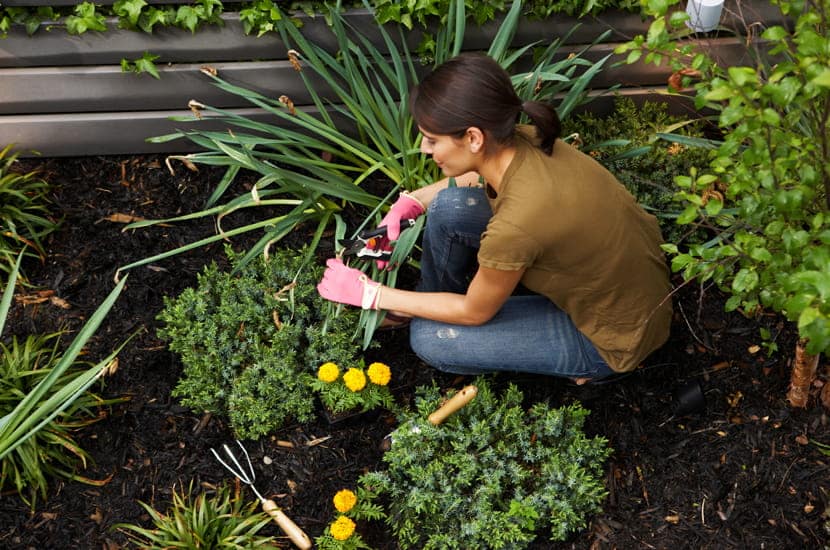
Source: canva.com
If you want to take a more professional approach, draw your plan to scale. This works better for the more complex backyard garden designs.
What plants do you want to use? What veggies and fruits do you want to grow? Are you going to add different bushes and trees?
Some of our next few steps are tips to keep in mind when laying out and designing your garden.
4. Follow the Regulating Line
A regulating line is a great guide to follow when designing your backyard garden. It makes it easier to design your layout and gives it that professional touch.
To do this, picture an imaginary line around your garden to help you organize the design. The underlying order of the layout has a basis of strong principles and the foliage and the greenery are a big part of this.
Regulating lines can also be subjective. This is when you create your own regulating lines to your garden in any freestyle shape you want. It’s the out of the box designing.
5. Keep Your Garden Balanced
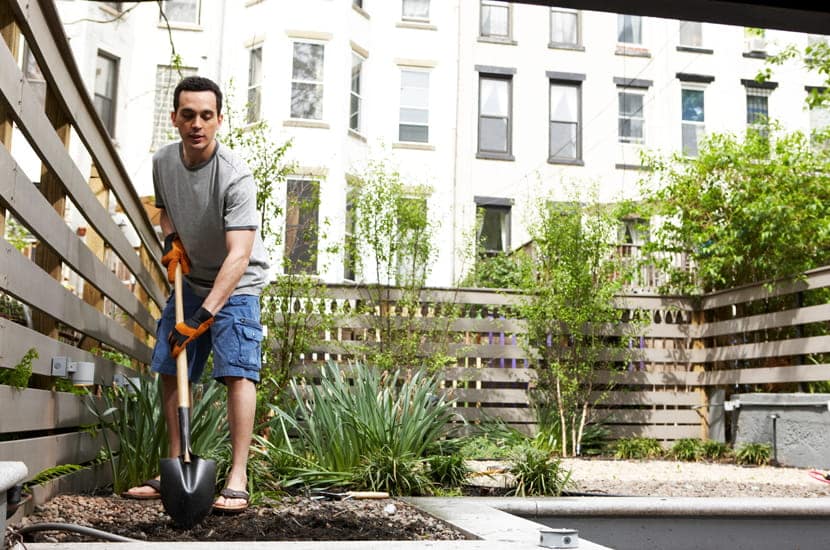
Source: canva.com
The golden ratio (or golden rectangle) is helpful for balanced garden design. It maintains harmony in your backyard garden.
The golden ratio is 1 to 1.618. This is a rule of thumb in both art and design when it comes to space. It’s visually appealing from the inside and the outside.
Of course, don’t be afraid to break rules, either.
6. Consider the Principles of Enclosure
The principle of enclosure determines the size of the vertical edges and horizontal lengths of your garden.
To create a garden that feels enclosed, the vertical edge should be at least 1/3 of the entire horizontal length.
The gprinciple of enclosure applies to buildings or even to your backyard garden.
7. Create an Entrance
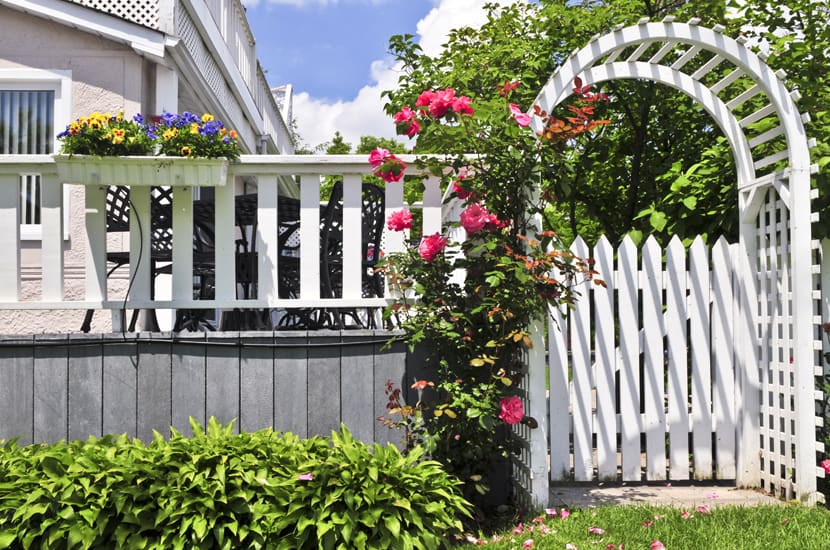
Source: canva.com
You need an entrance to your new backyard garden. You can make this out of a man-made structure or a simple opening you can walk through.
Arbors or garden arches are a classic choice for an entryway. Not only are they pleasing to the eye but they can also hold climbing vines. There are several arbor styles to choose from, too.
Gates add a rustic and vintage look to your garden. You can even use your creativity and build your rustic gate.
8. Add a Path
A path helps you and visitors walk through your garden to enjoy nature and the scenery. Before you choose the material for your path you should always know how wide you want it and where you want it to go.
One choice (and the easiest) is to make your path with grass. All you have to do is create a design that suits a grass path. They’re generally more forgiving and freeform.
Another choice is using some type of stone or brick. Concrete is the norm for paths. It’s simple and efficient and requires fewer supplies and less planning than some of the more intricate options.
String Lights to Brighten Your Path
- Weatherproof and Heavy-duty: This market lights are designed to withstand the wear and tear of year-round outdoor use. They are UL listed weatherproof commercial. The insulation material can protect the strand from hot winter, sun, wind, rain, snow and damp. The heavy duty light cord is rubbery, flexible, and thicker than a traditional cord so that you can confidently leave these ultra-durable string lights on display year round.
- Dimmer Compatible to Set The Right Mood: For greater mood lighting flexibility and a soft glow, a dimmer switch(NOT Include) to create the perfect atmosphere for a birthday party, family reunion , or wedding reception. It adds flair to bistro deck porch patio garden backyard terrace pergola café restaurant malls for wedding BBQ party banquets, also suitable for tree-lighting like Christmas tree.
- Ideal Outdoor Lighting with Italian Bistro Style: Each strand contains E26 based hanging sockets, provided with LED bulbs. The distance between bulbs is approximately 3.11FT
- Vintage Pergola Canopy Lights Smart Installation: Yard / outside lighting can connect with another simply use grounded cord plugs into any standard outlets. Link up to 30 strands.
- Satisfaction Guaranteed: If you have unsatisfactorily with your purchase for any reason, please contact us. Customer satisfaction is our highest pursuit.
Prices pulled from the Amazon Product Advertising API on:
Product prices and availability are accurate as of the date/time indicated and are subject to change. Any price and availability information displayed on [relevant Amazon Site(s), as applicable] at the time of purchase will apply to the purchase of this product.
Adding some pathway lights or string lights above the path is not only aesthetically pleasing, but also provides safety for you and you visitors.

Source: canva.com
A stone path gives your backyard garden design a dreamy aesthetic. There are several types of stones to choose from and you can even mix and match different stones if you want. If you create a curved path, you have the recipe for a peaceful space. The only real downfall of using stones is that they’re on the expensive side and the installation is a little intense.
Bricks are another popular choice for a path. They last a long time and planning the layout is pretty straightforward.
9. Find Your Center of Attraction
Every beautiful backyard garden has a tree, plant, or handmade piece that stands out the most and becomes the highlight. It draws your friends and family in and makes you proud of all the work you’ve done.
The Bottom Line
Creating a gorgeous and healthy backyard garden design gives you the freedom to be put together a space that’s all yours. Take the time to design a garden you’ll love.
To learn more, sign up for our newsletter here.
Source of Featured Image: canva.com
